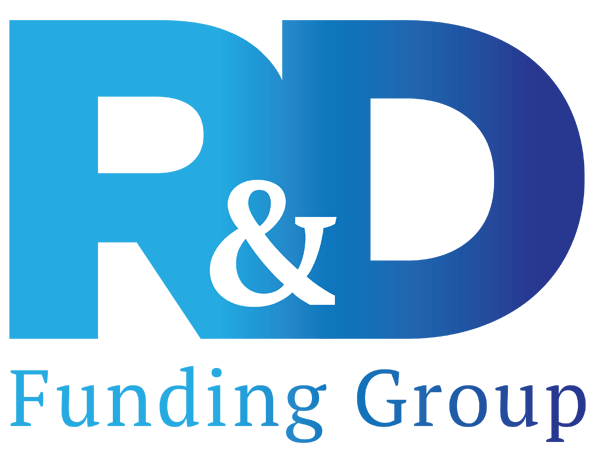August 2023 sees the introduction of a new mandatory R&D tax additional information form which will be required to support all R&D tax credit claims. We take a look at what this means for claimants and the level of detail that will need to be documented.
Whilst it has always been best practice for companies to provide a technical report to evidence the work they are claiming R&D Tax Credits for, it has never been a mandatory requirement. However, following on from a raft of reforms which came into effect earlier this year, 8th August 2023 sees the introduction of a new compulsory requirement for all claims to be supported by an ‘additional information form.’
This form must be completed and submitted online, prior to the submission of a company’s corporation tax return. HMRC state that claims not following this process will be rejected. It can be completed and submitted by a representative of the company or by an agent acting on behalf of the company.
The introduction of this form is another measure that aims to help stamp out error and fraud with the information provided on it allowing HMRC to better assess the validity of claims.
What detail is required on the new R&D tax additional information form?
In order to complete the additional information form you will need all of the following details. Contact details must now include a named senior R&D contact within the company who is responsible for the R&D claim, and those of any agent involved in the claim.
- Company details
- Contact details
- Accounting period start and end date
- Details of qualifying expenditure
- Details of qualifying indirect activities
- The number of projects you are claiming for and their details
- A description for each of the projects which explains the following:
- main field of science or technology
- baseline level of science or technology that the company planned to advance
- advance in that scientific or technological knowledge that the company aimed to achieve
- scientific or technological uncertainties the company faced
- how the project sought to overcome these uncertainties
- which tax relief is being claimed and the amount (with breakdown of what expenditure applies to each specific project)
Optional further information provision
In addition to this form, companies can send further supporting details about their R&D projects in a separate R&D report, which can include for example:
- claim methodology
- use of sampling
- details of the competent professionals
This separate report can be submitted by email or online with the Company Tax Return. Whilst it won’t be mandatory to provide this additional report, HMRC have advised that it will aid them in better understanding the work being attributed to a claim which in turn should mean it is more likely to be approved without question if the information is robust.
Documenting eligible R&D activities and costs
Businesses that don’t currently record the type of detail required on the R&D tax additional information form are advised to begin doing so with immediate effect as this will simplify the process when it comes to claim preparation.
Companies that have undertaken 3 or less R&D projects in the tax year will need to describe all the projects they are claiming for that cover 100% of the qualifying expenditure.
Those with 4-10 projects will need to describe the projects that account for at least 50% of total expenditure, with a minimum of 3 projects described. Similarly, companies with 11-100 or more projects will need to describe those projects that account for at least 50% of the total expenditure, with a minimum of 3 projects described. However, if the qualifying expenditure is split across multiple smaller projects, they will need to describe the 10 projects with the most qualifying expenditure. More information on the new R&D tax additional information form can be found on the government website here.
Most reputable R&D Tax advisors and accountants should already have processes in place for collecting and documenting the type of information required on this form. The good news for clients of R&D Funding Group is that the introduction of this new form is no big step change for us. It has always been standard practice to compile a detailed technical report to support every claim, so a few procedural tweaks are all that’s needed on our part and we are already geared up for the change.
If you have any concerns about your future claims in light of these new requirements, please contact us for a no-obligation chat.

